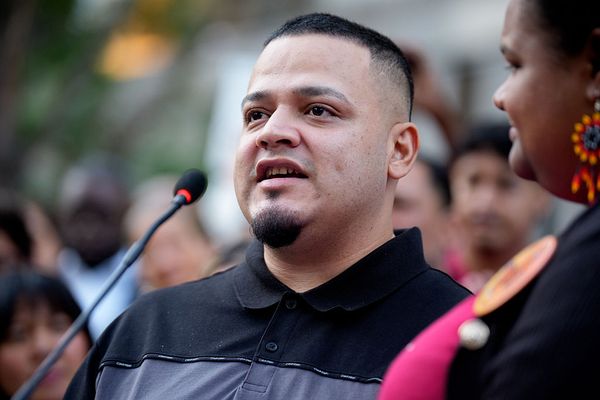This week is all about the moon because on 13 July, the full moon will be a supermoon.
There is some debate about what constitutes a supermoon but everyone agrees on the basic principle: it occurs when the full moon takes place at or near the lunar perigee, which means its closest approach to the Earth. When the full moon occurs at or around this point in its orbit, it appears slightly larger and brighter than other full moons, and so is called a supermoon.
The term itself was coined by an astrologer called Richard Nolle in 1979. He defined a supermoon as being any full moon that takes place within 90% of its closest approach to Earth. Nasa has adopted this definition. Others make more complicated calculations.
But regardless of the details, this supermoon is the closest one of the year. It will be “just” 357418km (222,089 miles) above Earth. Indeed this is almost the closest that any supermoon can be as the precise moment of full moon takes place just nine and a half hours after perigee. The chart shows the moon’s conjunction with Saturn that takes place in the early hours of 16 July.







